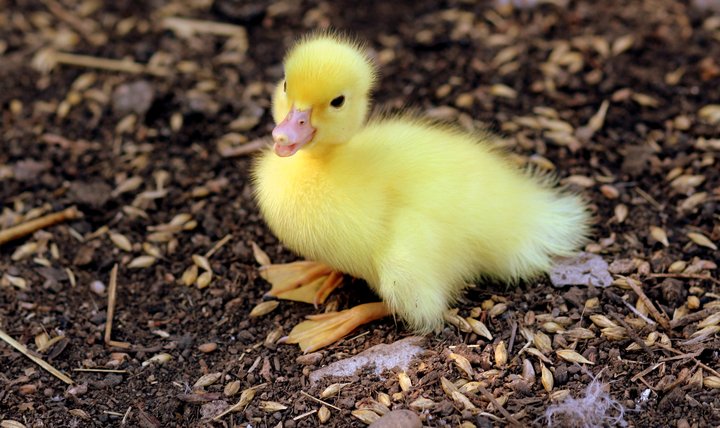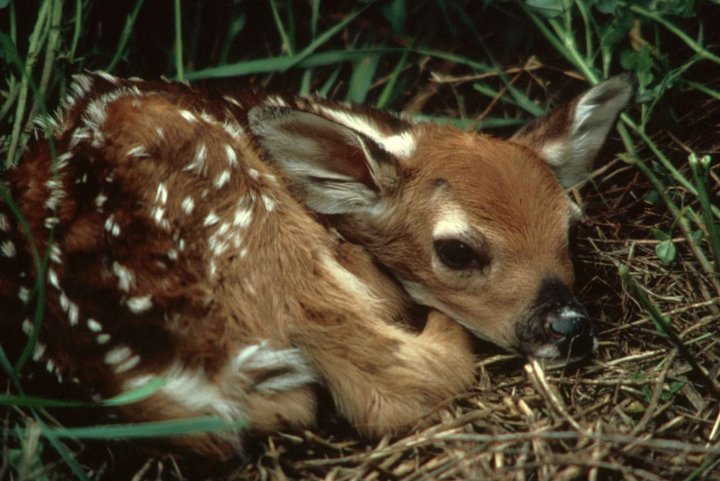
Under no circumstances are you to pick up this adorable baby duck.
California Department of Fish and Wildlife press release:
Spring and early summer is the peak time for much of California’s wildlife to bear their young. With this in mind, the California Department of Fish and Wildlife (CDFW) is asking well-intentioned members of the public to leave young wildlife alone.
It may be hard to resist scooping up a young wild animal that looks vulnerable and abandoned, but intervention may cause more harm than good. Young animals removed from their natural environment typically do not survive. Those that do make it may not develop the skills necessary to survive on their own in natural habitat. When this happens, the only alternative is a life of captivity in artificial conditions.
“It is a common mistake to believe a young animal, especially a fawn, has been abandoned when found alone,” said Nicole Carion, CDFW’s statewide wildlife rehabilitation coordinator. “But even if the mother has not been observed in the area for a long period of time, chances are she is off foraging, or is nearby, waiting for you to leave.”
Such behavior is common across many species. A female mountain lion may spend as much as 50 percent of her time away from her kittens.
Fledglings, or young partially feathered birds, found alone and hopping along the ground in the spring or summer, are actually trying to learn to fly. Though it is tempting to pick them up, what they really need is space and time to master flying. The best course of action is not to draw attention to them, advises Carion. You can help by keeping pets away until the bird has left the area.
If a young animal is in distress, or you are unsure, contact a wildlife rehabilitation facility and speak to personnel for advice.
Most wildlife rehabilitators are only allowed to possess small mammals and birds. Although some wildlife rehabilitators are allowed to accept fawns, injured or sick adult deer should be reported directly to CDFW for public safety reasons. Injured, orphaned or sick bears, elk, bighorn sheep, pronghorn antelope, wild pigs or mountain lions should also be reported to CDFW directly.
Anyone who removes a young animal from the wild is required to notify CDFW or take the animal to a state and federally permitted wildlife rehabilitator within 48 hours. These animals may need specialized care and feeding that is best done by trained wildlife care specialists.
It is important to note that wild animals – even young ones – can cause serious injury with their sharp claws, hooves and teeth, especially when injured and scared. They may also carry ticks, fleas and lice, and can transmit diseases to humans, including rabies and tularemia.
To learn more about how to live and recreate responsibly where wildlife is near, please visit CDFW’s Keep Me Wild website at www.wildlife.ca.gov/keepmewild.

Don’t even think about it.
CLICK TO MANAGE